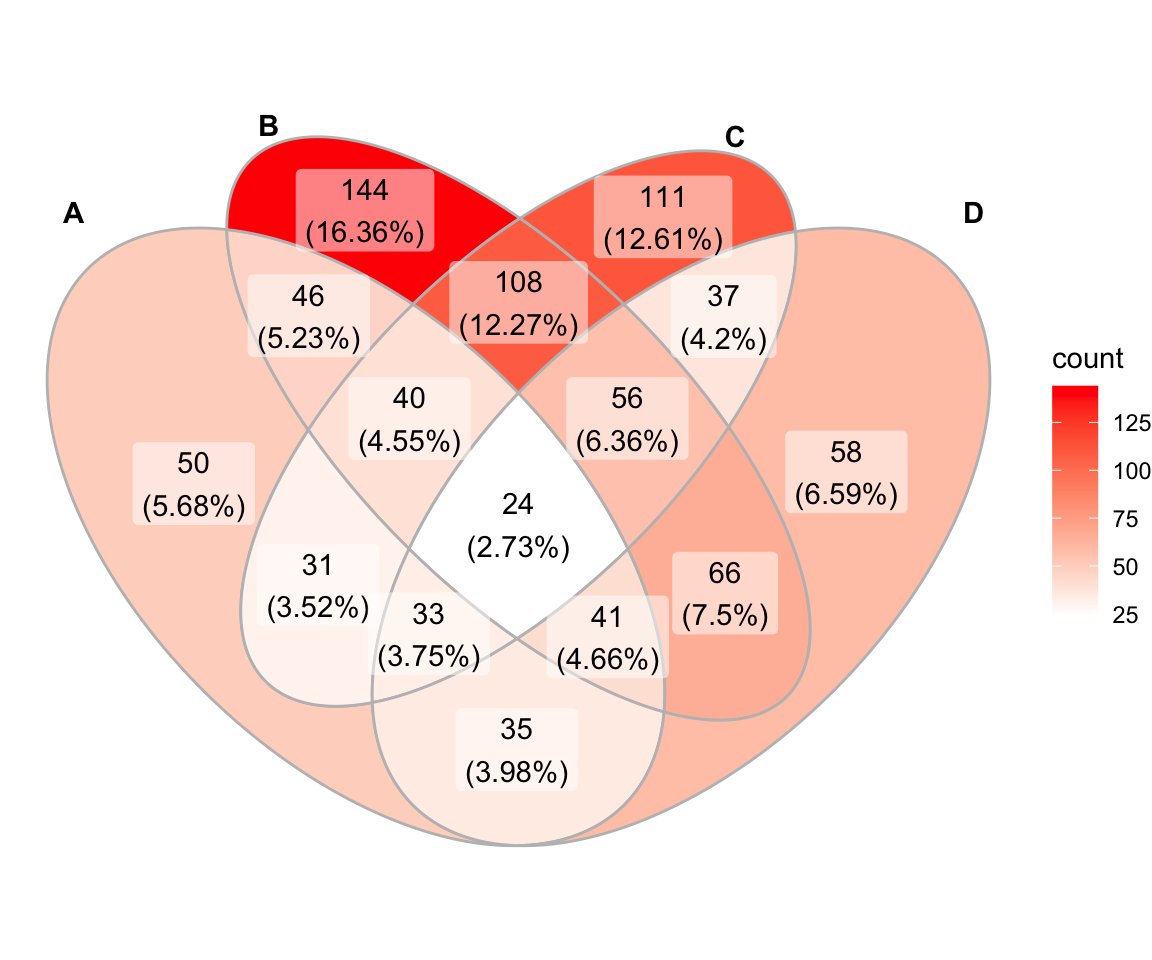1/ Mixed models are a powerful statistical tool for analyzing complex data with both fixed and random effects. R has several great packages for fitting mixed models. #rstats #datascience 

2/ One of the most popular packages for mixed models in R is "lme4". This package provides functions for fitting linear and generalized linear mixed models, including models with crossed and nested random effects. #rstats #lme4 cran.r-project.org/web/packages/l…
3/ Another popular mixed model package in R is "nlme". It has similar functionality to "lme4" but is designed to handle longitudinal or repeated-measures data. #rstats #nlme cran.r-project.org/web/packages/n…
4/ The "mgcv" package in R is another option for fitting mixed models. It uses generalized additive models (GAMs) and generalized cross-validation to estimate smoothing parameters. #rstats #mgcv cran.r-project.org/web/packages/m…
5/ The "brms" package provides functions for fitting Bayesian mixed models using Stan. This package allows for flexible model specification and can handle complex models with varying slopes and intercepts. #rstats #brms cran.r-project.org/web/packages/b…
6/ It's important to choose the appropriate package for the research question and data at hand, as different packages have different strengths and limitations.
• • •
Missing some Tweet in this thread? You can try to
force a refresh
 Read on Twitter
Read on Twitter








